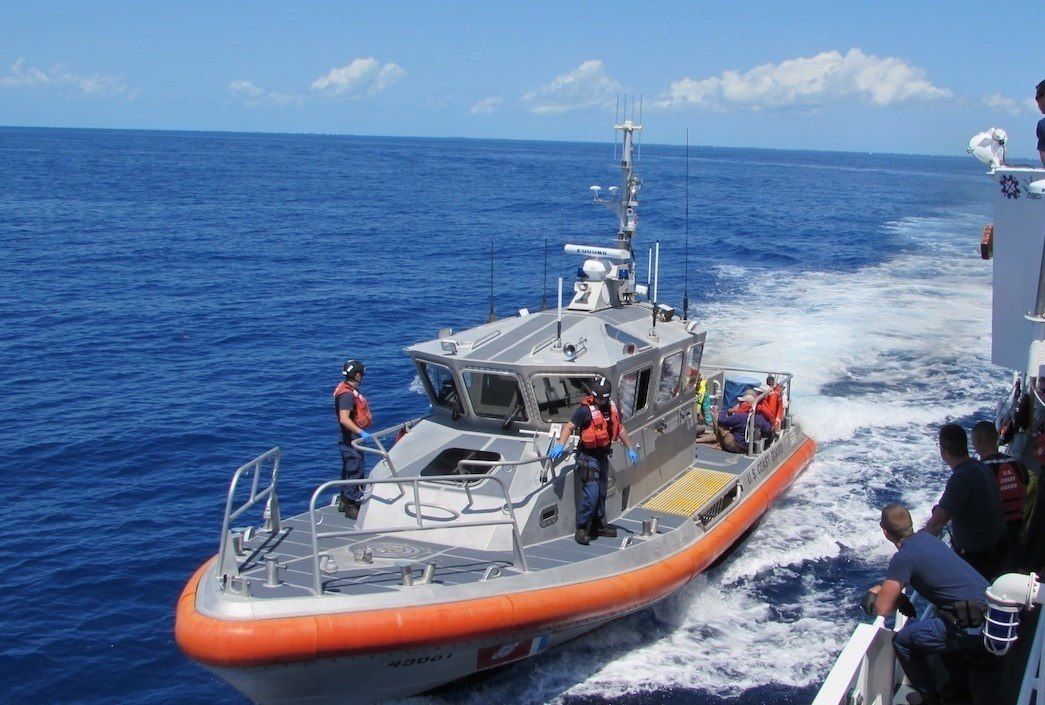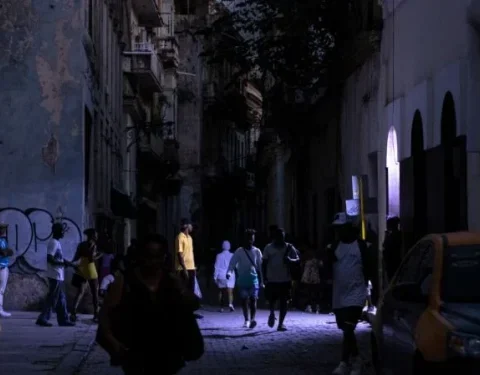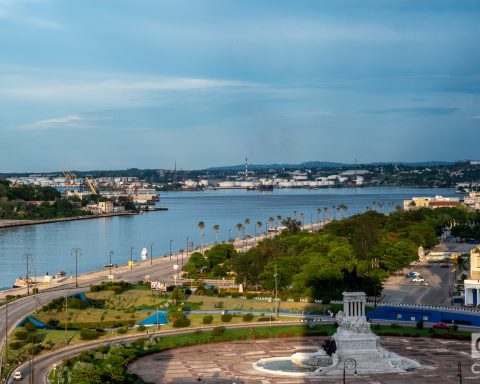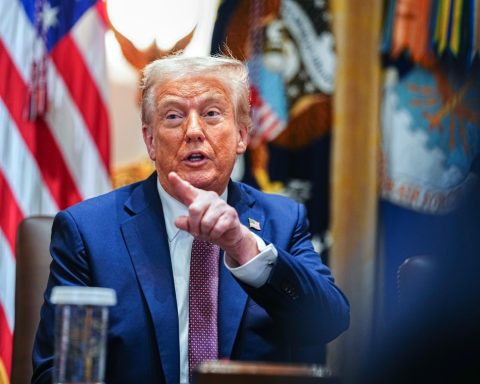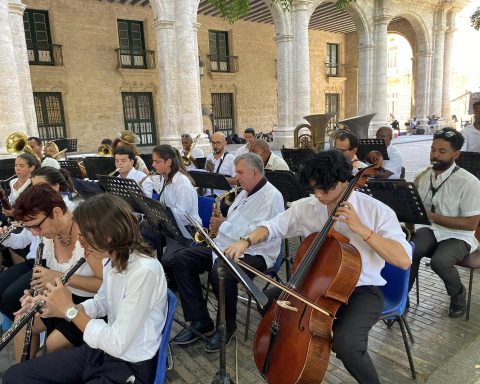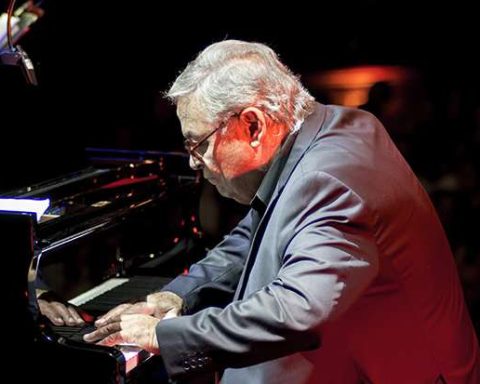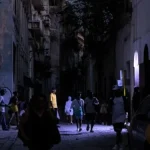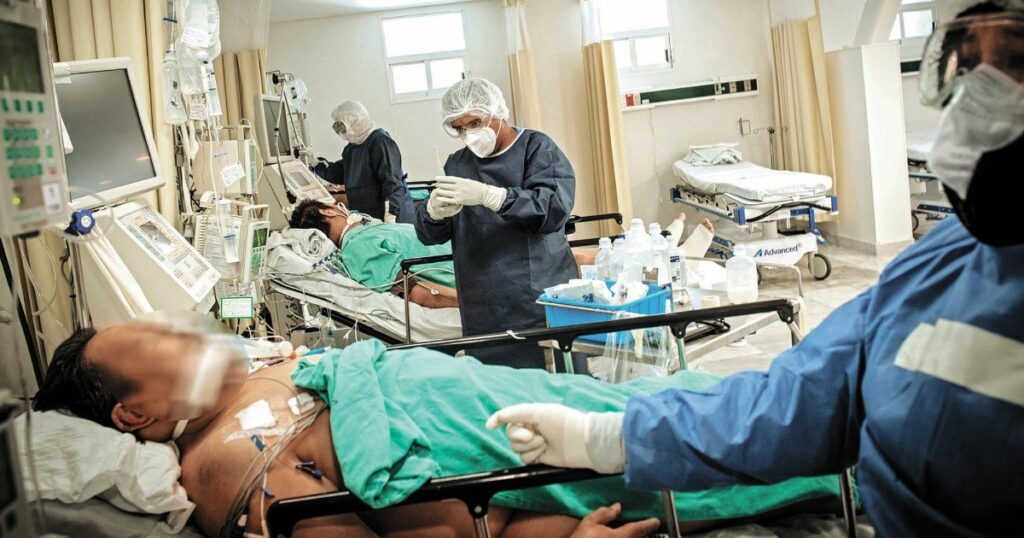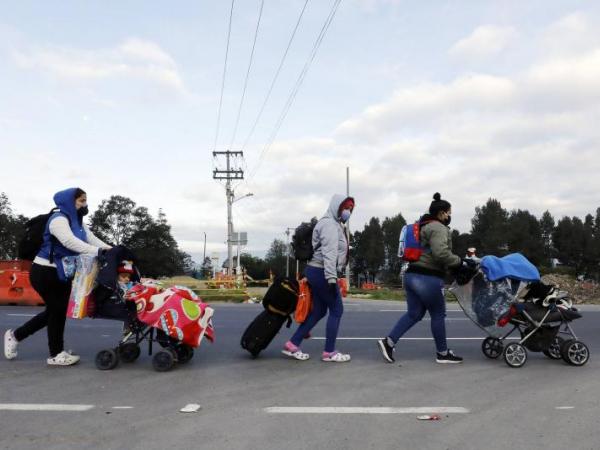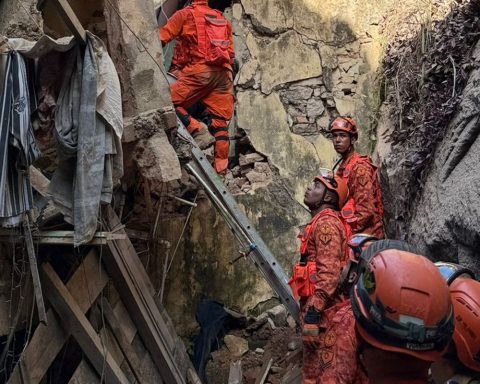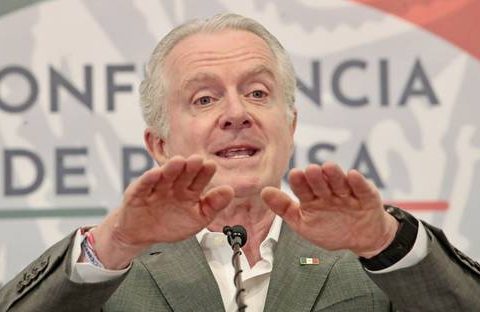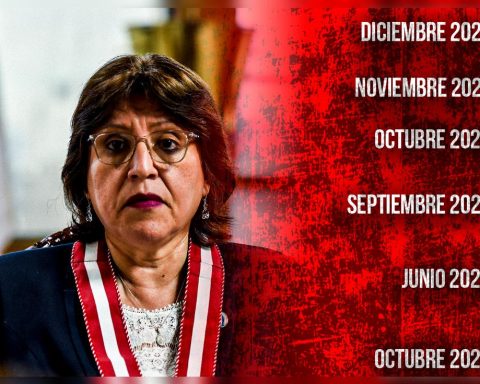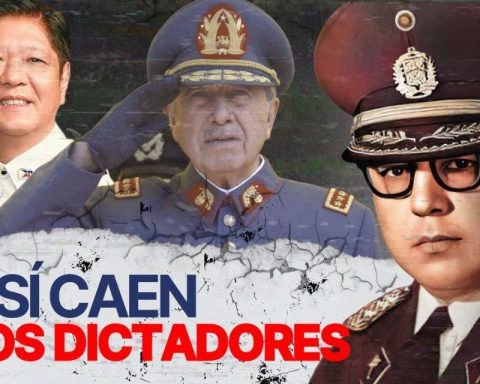The United States government returned this Thursday to Cuba 32 undocumented migrantsin the 36th operation of its kind executed so far this year and the third in the last week.
The US Coast Guard delivered 23 men and 9 women to the western port of Orozco, in the Cuban province of Artemisa, reported the state agency Latin Press (PL).
The group of returned migrants is made up of Cubans from the provinces of Matanzas, Cienfuegos and Ciego de Ávila, who were intercepted on the high seas when they were traveling in rustic boats with the intention of entering US territory.
Last week, the coast guards returned 139 Cuban migrants through the Orozco pier in groups of 40 and 99 people, including two children, according to state media on the island at the time.
The United States returns more than a hundred illegal Cuban migrants
Since January, 1,554 irregular migrants have been returned by sea by US authorities, while more than 1,300 have been returned by air, from Mexico, the Bahamas and the Cayman Islands.
In recent months, the flow of undocumented Cuban migrants seeking to travel to the United States, either by sea or by following land routes through various Central American countries, has increased significantly.
The Cuban government insists on demanding that the Washington Administration comply with the migratory agreements signed between the two countries, according to which the US must deliver 20,000 visas a year.
Cuban President Miguel Díaz-Canel accused the US on Wednesday of encouraging irregular migration by granting “privileges” to Cubans who try to enter that territory.
The Island Executive also attributes the increase in migration to the validity of the Cuban Adjustment Act of 1966, which allows islanders to apply for permanent residence in the United States after one year and one day of remaining in that country.
In 2017, Washington reduced the staff of its embassy in Havana to a minimum and diverted consular services to third countries, after denouncing that mysterious “health incidents” had been registered against its diplomats on the island, the reasons for which have not yet been determined. cleared up.
Last April, delegations from Cuba and the United States resumed their bilateral dialogue on migration issues in Washington, the first at a high level since the arrival of President Joe Biden to the White House.
Cuba-United States: the beginning of a new thaw or more of the same?
The Democratic government announced in mid-May last several measures in relation to its policy towards Cuba, among them the increase in the consular services of its embassy on the island, where it would begin to process visas as part of the “gradual expansion” of the activity consular, although in a “limited” way and without fixed deadlines.
He also announced that he would resume a family reunification program that had been suspended for years with the accumulation of up to 20,000 applications.
According to recent reports from the US Customs and Border Protection (CBP) agency, from October —the start of the US government’s fiscal year 2022— to April almost 115,000 Cubans.
